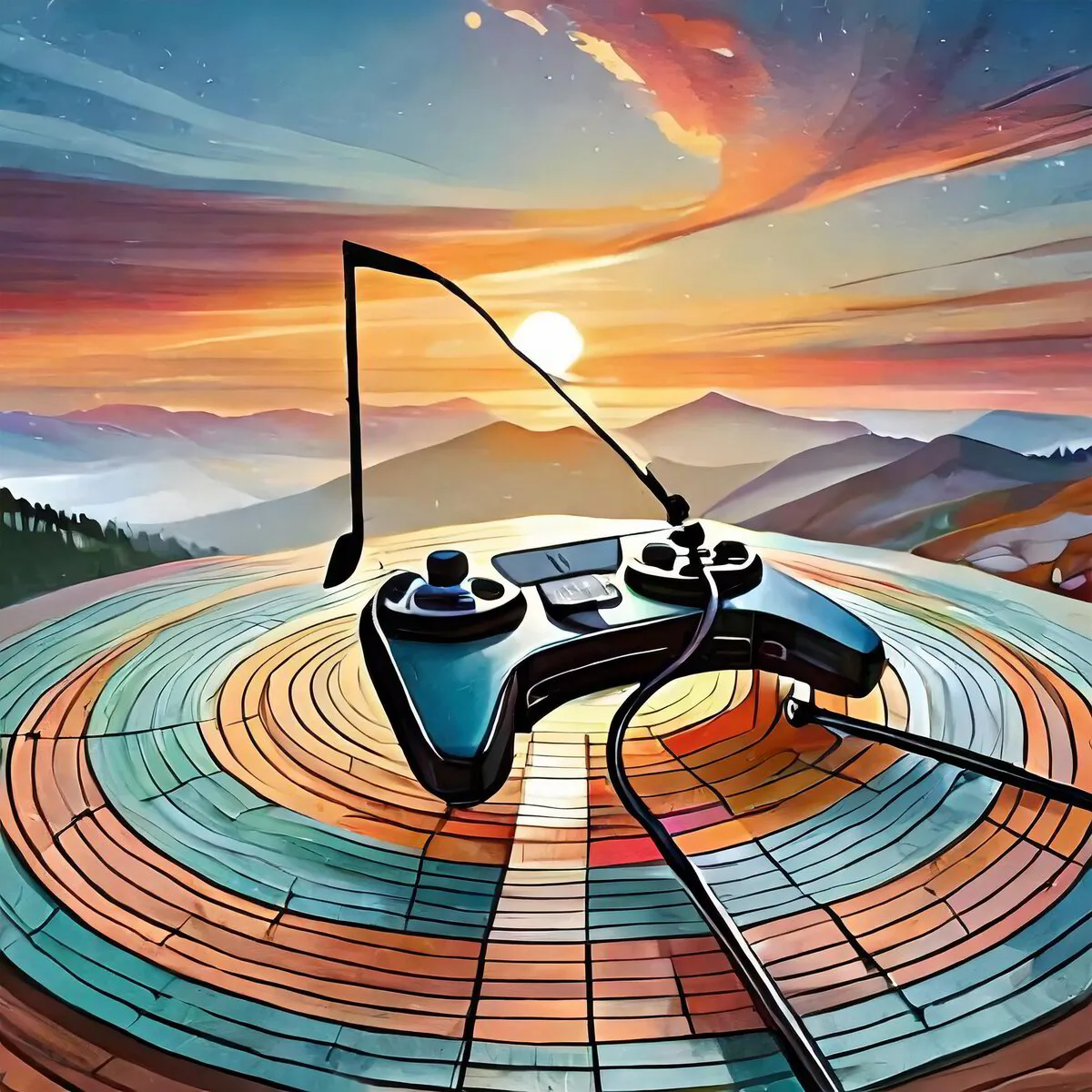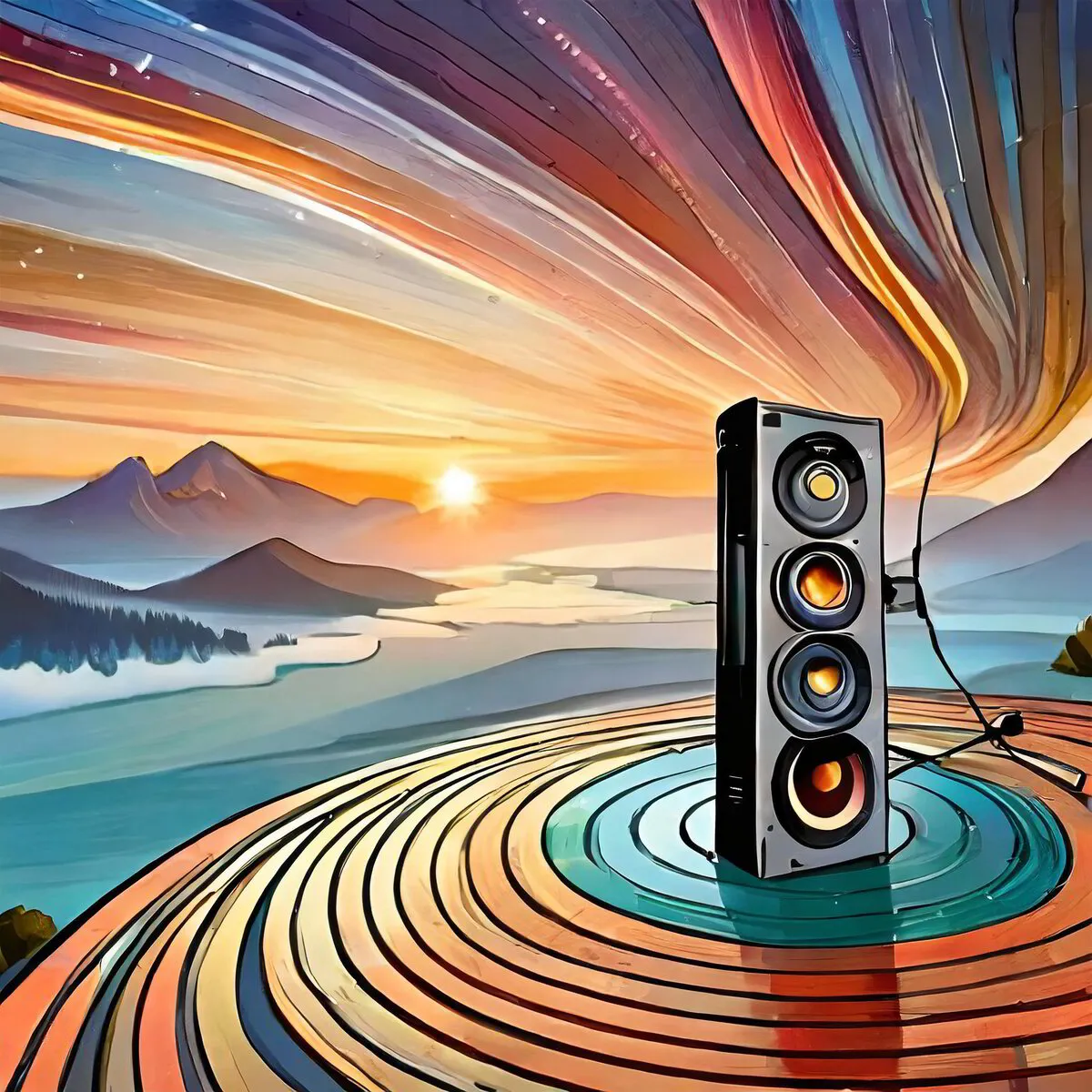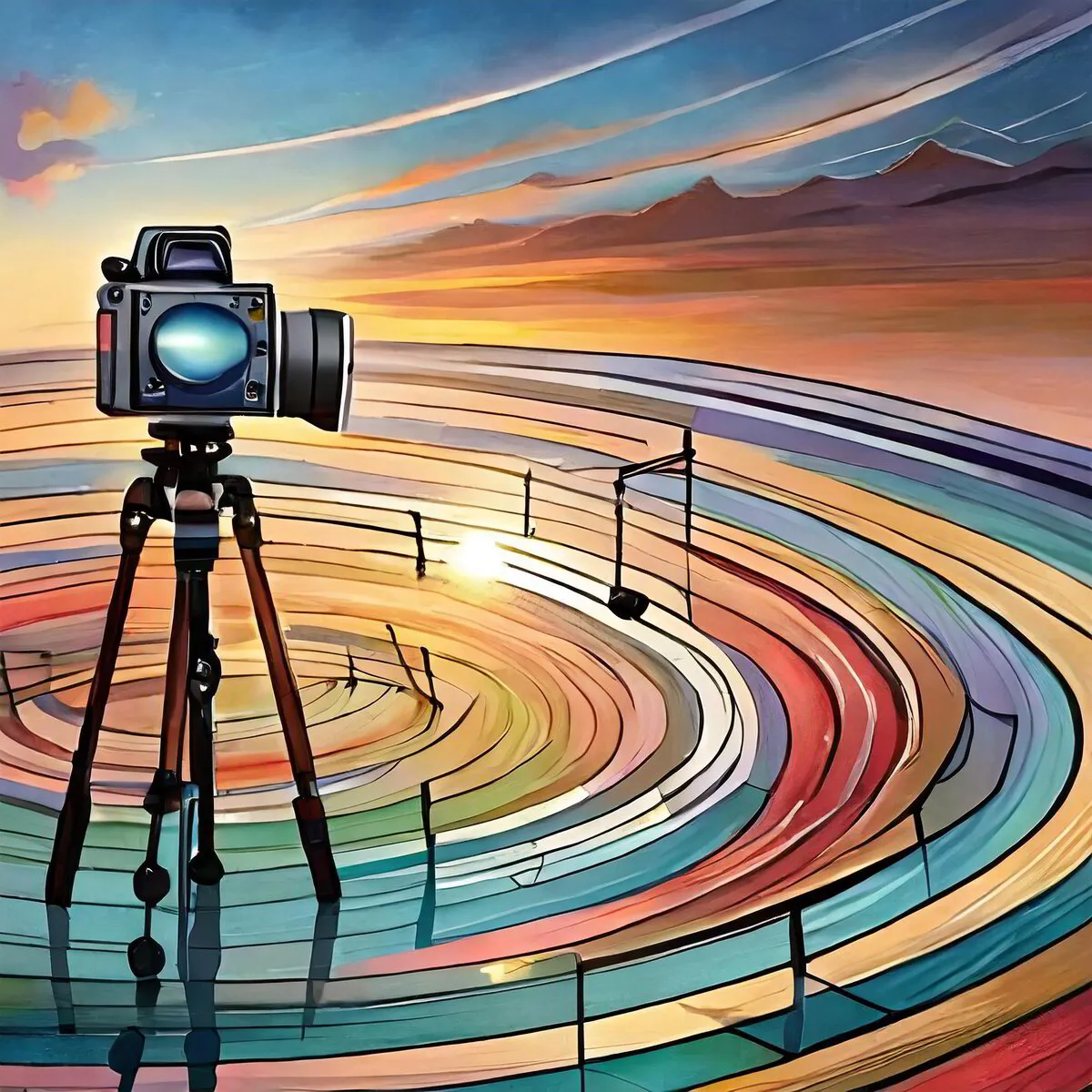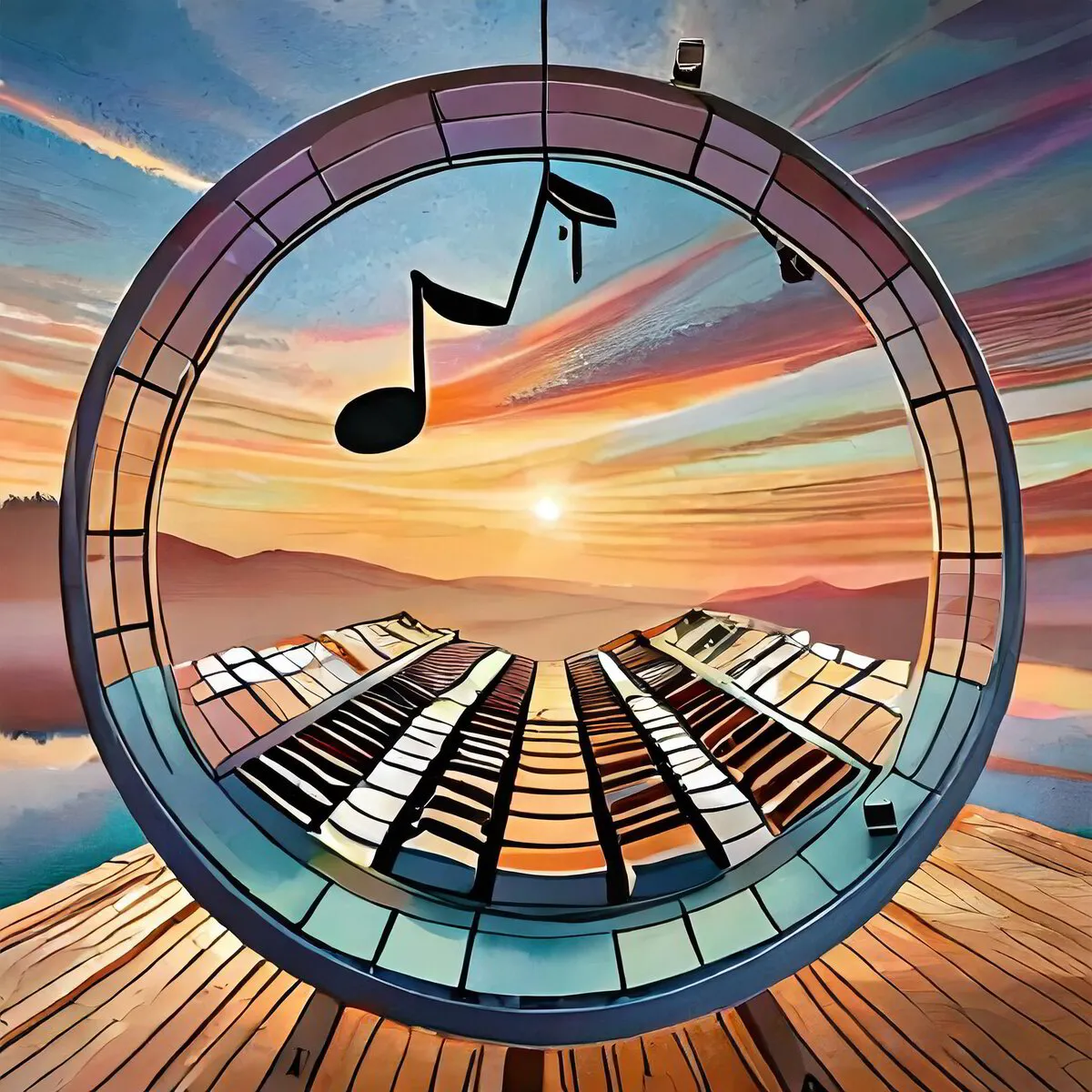My Resonant Journey
My story with all things music began by listening to classical music at home as a child.
I learned to play the violin and read music by age six, then moved on to learn the flute.
I liked my music teachers, and building a positive relationship with them helped my relationship with music get off to a strong start.
When I joined my school's band, the conductor immediately saw potential in me and encouraged me to move from flute to oboe.
Once again, I had a great teacher who I continued learning from right into my teenage years.
She urged me to try out for the city's Youth Symphony, where I got the place of First Chair Oboe, and I enjoyed making collective music with the Symphony for about three years.
My relationship with music was thanks to a combination of desire and discipline.
I sometimes needed encouragement from my mom to put in the time and effort required to master an instrument.
But when I played my oboe, I was fully immersed in the experience and loved creating music.
Learning to play the violin, flute, and oboe, reading music, and being part of the Youth Symphony gave me foundational musical skills and helped me develop an awareness of what sounds good. Playing in the Symphony was such an immersive experience; as we all played our sheet music individually, we created overlapping, captivating melodies.
We would absorb the sound by being IN it.
We were part of it—one with music. There is no feeling like it.
When I was about 16 years old, my oboe teacher sadly passed away. This was a contributing factor to my losing the drive to play music.
Around this time, I got into video games and also started rowing.
We were competing statewide as a rowing team and did really well.
Slowly, I stopped playing my music, and rowing took over.
I'm ambidextrous, so I was asked to row on both sides of the boat, and at the front to set the rhythm for the rest of the team.
Those years of rowing helped develop my sense of rhythm and so contributed to my future career in electronic music.
Then, one day, I didn't warm up properly before a race and tore several muscles in my back, which abruptly ended my rowing.
During the weeks at home recovering, I spent time playing computer games.
I had taught myself how to build computers in middle school, so I continued to develop this skill during this period.
Electronic music entered my life around now. Until this point, I'd been listening to the top 40 hits on the radio and CDs of my favorite rap and hip-hop artists.
However, discovering online streams of Daft Punk and Eiffel 65 opened up a whole new musical world for me.
After graduating high school, my boombox and I set off for Villanova University in Philadelphia to study Computer Engineering with a minor in Mathematics, Electrical Engineering, and Computer Science.
During my studies, I took some compulsory digital signal processing courses where I learned the mathematical side of things and how to work with signals.
Once again, resonating with my teachers was another factor in directing my steps.
I didn't focus on analog processing because I didn't like the professor.
However, I did like learning digital processing, so I extended my degree to a Masters.
I hit it off with the professor and ended up studying DSP (digital signal processing) and working with FPGAs with him for my work-study to complete my Masters.
My professor was a field application engineer with Xilinx.
Working with him gave me an excellent foundation for my resume.
I reached out to Xilinx in Colorado and landed a great job with them upon graduation in 2009. I was part of a team that built software that allows you to create a digital processing system using blocks to program the chips (the FPGAs).
I loved my work, had a great community, and built a life in Colorado.
In 2015, I started to feel burnt out.
I was still listening to electronic music. It helped me focus, and my friends always asked me for music recommendations.
That year, for my birthday, a friend booked time in a studio so we could listen to our favorite music on world-class speakers.
I remember looking at this vast analog board and asking the audio assistant questions, and he said he was studying audio engineering in Denver.
It was a lightbulb moment for me!
I didn't even know this was a thing! I had spent my career studying computer engineering but I had yet to hear of audio engineering.
It seemed like the perfect combination of music and electrical engineering, and I knew I needed to understand it.
I started learning everything I could about audio engineering.
I was ready to leave Colorado at this point, and with the help of a career coach, I got an apprenticeship at Robert Lang Studios in Seattle, which is famous for producing grunge rock.
I lived in Lang's spare room for about a year and worked in the studio day and night.
When I finally moved into my own apartment, I slowly acquired gear to mix at home in the evenings when I returned home from the studio, and Resonant Rhythm was born.
I named my business Resonant Rhythm because it illustrates the physics of what happens when things resonate with us, and when we are moved by music.
My vision is to help artists create sound that does just that.
From there, I found artists to come in and record in Lang's studio.
I recorded and mixed an album for an opera singer and his quartet, which was a great experience.
I also started working for a software company developing user interfaces for their plugins, which supported me in continuing to work with artists in the studio.
Around this time, I met the love of my life, Julie, and after taking an incredible trip to Vienna, we decided it was time to leave Seattle.
We both returned to our respective hometowns to determine our next steps.
I returned to Florida where I grew up, and this period was a huge turning point.
I was tired of having to depend on other people to record and mix, so I decided to learn how to compose, record, and mix electronic music- the music I had listened to my entire life.
It was enlightening to experience the music I loved from the 'other side.' .
In 2019, I attended both the AES conference in Dublin and the Winter Music Conference (a DJ producer conference) in Miami. I then came back to Florida to a voicemail from Ringling College of Art and Design.
Unbeknownst to me, my mom had given my resume to the college president's wife, whose husband passed it on to the IT department.
We discussed a role at the college, and I explained that while I could offer tech support, I wanted my focus to be on the audio side of things, recording and mixing, etc.
Moreover, the college recently had a grand opening of a brand new post-production building, and they needed someone to run it.
As I looked around the center, I immediately saw its tremendous potential and knew I could manage it.
They offered me the job as Technical Director, and I've been there ever since, growing my business Resonant Rhythm alongside.
Working at Ringling College has greatly expanded my knowledge and understanding of post-production audio and also introduced me to the visual side of things - which is undoubtedly the future of media and entertainment.
Learning about color also reignited my passion for video and photography.
I had started photography by getting camera film rolls developed when I was in middle school. Then the first digital cameras came out during my high school years.
However the cameras back then were nowhere near where they are today tech-wise.
Now, I was able to use my photography skills to capture the birth of our son in 2023.
When I look back on my journey into audio engineering and post-production, both as a career and a passion, I can clearly see that everything I did as a child came back around in some way. It has been a journey of resonating with different things (and people) along my path.
Listening to music my entire life (classical and electronic), reading music, playing multiple instruments, playing in the Symphony, setting the rhythm as a rower, my love for computers, and following what I resonated with put me on my path to post-production.
Musically, 'to resonate' means to be filled with or to produce a deep, full, or reverberating sound. When things resonate with you, you feel them. Literally. In the cells of your body. It's why glass shatters when a note vibrates at a specific frequency.
So when you love the colors in a picture, a design that works, or a film that moves you, it illustrates the very physics of resonance.
At Resonant Rhythm, I want to help people create art that resonates deeply with them and others.
As my own resonance with different creative art forms has evolved, Resonant Projects was born:
Resonant Rhythm
Resonant Color
Resonant Motion
Resonant Design
The more artists I can help on their journey of resonance,
the more impact they can have in the world through their creations.
